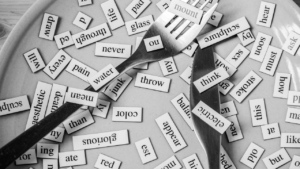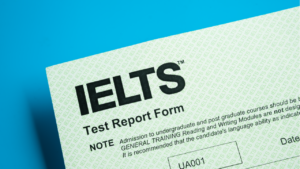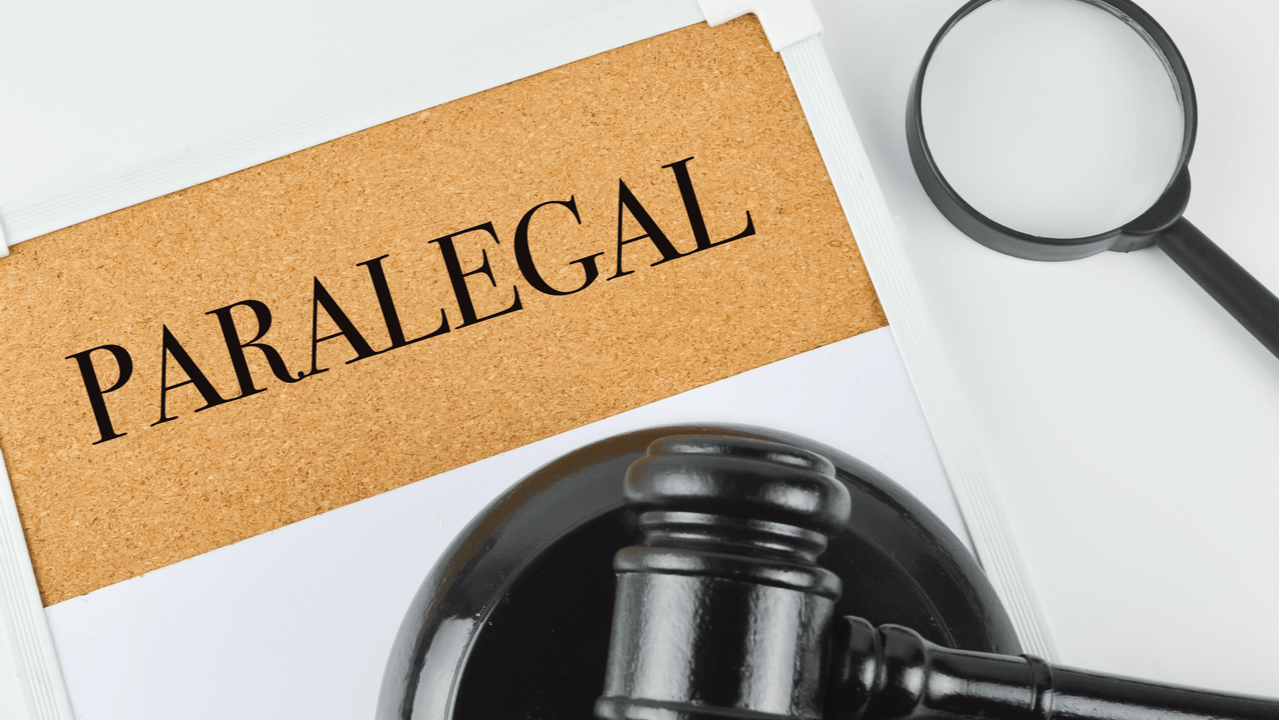Language can be tricky sometimes, as some words look the same and are pronounced the same but have different meanings. It can be puzzling even for individuals who are native English speakers.
Let us take a few minutes to understand Homonyms, Homophones and Homographs.
- Homonyms are words that have the exact spelling and sound but varied meanings.
- Homophones have different meanings and spellings but are pronounced the same.
- Lastly, homographs have the exact spelling but distinct meanings and pronunciations.
In exams like IELTS, knowing the differences between these words is essential as it demonstrates a command over your vocabulary, and using the wrong word can cause complications. For example, using “there” instead of “their” or “they’re” can change the meaning of a sentence. Similarly, using “lead” instead of “led” can change the tense of a sentence and its meaning.
Learning these can help us communicate more effectively and avoid misunderstandings.
This blog will simplify Homonyms, Homophones and Homographs. Let’s have a look:
| Similarities | Differences | |
| Homonyms | Same sound and spelling. For example: Bass | Meaning |
| Homographs | Same spelling Example: Read | Sound and Meaning |
| Homophones | Same sound Example: Sun/Son | Spelling and Meaning |
Leap Advantage Virtual Spot Offer Event on May 10th 2024

Last call to secure your spot for Masters in STEM Program in the US for Fall ’24 exclusively for graduates and above.
Leap Advantage Virtual Spot Offer Event on May 10th 2024
Last call to secure your spot for Masters in STEM Program in the US for Fall ’24 exclusively for graduates and above.

Homonyms: What are Homonyms?
Homonyms are words that have the exact spelling and pronunciation but different meanings. They can be a source of confusion in written and spoken language. Homonyms can be challenging to differentiate. It’s essential to pay attention to the context in which the word is used to determine its meaning.
For example, the word “lead” can mean to guide or to be in charge, or it can refer to a heavy metal. Similarly, the word “wind” can refer to a gust of air or to the act of twisting something.
Homonyms can pose a language difficulty, but careful attention to context and knowledge of the various homonyms can enhance our communication skills and prevent confusion or misinterpretation.
Here are ten examples of Homonyms used in sentences:
1. Bass
The fisherman caught a bass in the lake.
He used a bass guitar in the concert.
2. Bow
Robin Hood skillfully aimed his bow at the target.
The actor took a graceful bow after his outstanding performance.
3. Tire
After hitting the rock, the car needed a new tire.
I always tire easily after a strenuous workout.
4. Bat
The bat soared through the night sky in search of insects.
The cricket player swung the bat and hit a sixer.
5. Lead
Pencils used to be made with lead, but now it’s mostly graphite.
They announced that the most courageous individual would lead the hiking group.
6. Tear
A tear rolled down her cheek as she watched the Notebook.
Be careful not to tear the paper when opening the package.
7. Fair
The judge ensured a fair distribution of resources among the contestants.
We had a great time at the county fair, enjoying rides and games.
8. Row
The books on the shelf were arranged in a neat row.
The neighbours had a loud row over the property boundary.
9. Scale
Mom uses a scale to measure the ingredients for the recipe.
The snake’s beautiful colours were visible in the sunlight, highlighting each scale.
10. Bear
We observed a bear in its natural habitat during our camping trip.
Sometimes, it’s challenging to bear the weight of responsibilities.
Homophones: Why are they called soundalikes?
Homophones are words pronounced the same but have varied meanings and spellings. It is vital to understand and learn the difference between homophones. You can remember them by associating them with their functions and analysing which part of the speech they belong to.
Imagine writing “I ate a pair” when you meant “I ate a pear“! Awareness of these soundalikes enhances your language skills, making conversations and writing more accurate and effective.
Here are ten examples of Homophones used in sentences:
1. Flour/Flower
I am allergic to flour.
Orchids are my favourite kind of flower.
2. Sea/See
I have never been on a cruise as I am seasick.
I can see the beach from my hotel balcony.
3. Right/Write
I have the right to express my opinion freely.
I need to write the report and send it to my manager.
4. Pair/Pear
I bought a pair of jeans for my brother’s birthday.
Pear is my favourite fruit.
5. To/Two/Too
I need to go to the mall.
I have two tickets for the movie tonight.
It’s too cold to go outside today.
6. Sun/Son
The sun is scorching in the Delhi summer.
My son is playing badminton outside.
7. Brake/Break
I need to replace the brake pads on my car.
I need to take a break from work.
8. Hair/Hare
Yukti has long, beautiful hair.
The hare sprinted through the field, trying to escape the fox.
9. Piece/Peace
Can I get a piece of cake, please?
We should strive for peace and harmony in the world.
10. Night/Knight
The stars shine brightly in the night sky.
The knight rode his horse into battle, ready to fight for his kingdom.
Crack IELTS Exam in first attempt

Attend Leap’s free masterclass to get tips, tricks and advance strategies to crack IELTS exam in first attempt
Crack IELTS Exam in first attempt
Attend Leap’s free masterclass to get tips, tricks and advance strategies to crack IELTS exam in first attempt

Homographs: Why are they called look-alikes
Homographs are words that have the exact spelling but have different meanings and can also have different pronunciations. They are also known as look-alikes. It can be confusing but fun once you learn to incorporate them into your sentences.
For example, ‘left’ can mean two things: the opposite of right refers to a direction or position or the past tense of the verb “leave,” which means to go away from a place or person.
Here are ten examples of Homophones used in sentences:
1. Close
I am very close to my sister.
Can you close your eyes for a second?
2. Lead
Please lead the way.
The tip of the pencil is made with lead.
3. Content
I am content with my life.
Jenifer is a content writer.
4. Minute
I don’t have a minute. Please do not disturb me.
I can’t keep explaining the minute details to you again and again.
5. Read
I have read a lot of books in the last month.
He left me on read last night.
6. Left
I left China when my father was transferred back to India.
Take a left from Starbucks and enter the other lane.
7. Present
I have a present for you.
You lived in the present moment.
8. Permit
I got the food permit for my restaurant.
My mother doesn’t permit me to work late in the night.
9. Quarter
It is a quarter to two.
I used a quarter to buy a cake.
10. Live
I want to live a long and happy life.
The webinar is live.
Tips for correct usage of Homonyms, Homophones and Homographs
It can be difficult to understand words with similarities in sound, meaning, and spelling. Let us look at some tips to help you effectively use Homonyms, Homophones, and Homographs.
- When you hear such words, clearly pay attention to the context. This will help you figure out the correct meaning of the word.
- You should watch out for these words while reading. Identify them and take your time to think about what does it mean.
- Practice writing sentences using Homonyms, Homophones, and Homographs to get used to them.
- Create a few memory tricks or use visuals to remember the differences. This makes it easier to recall the correct usage.
- Proofread your work and check if you have used it correctly to avoid confusion.
To Sum Up
Learning to distinguish between Homonyms, Homophones, and Homographs is crucial for communicating effectively in written and spoken English. These words can help you enhance your language skills and prevent misunderstandings. Whether preparing for exams like IELTS or aiming for clear expression in daily communication, being aware of these intricacies will help you.
Paying attention to context, practising its usage and employing memory aids will help you navigate the complexities of these words. After doing all this, you can confidently convey your intended meaning with Homonyms, Homophones, and Homographs.
Frequently Asked Questions
Q. What is the difference between Homonyms, Homophones, and Homographs?
A. Homonyms are words that have the exact spelling and pronunciation but different meanings. Homographs are words that have the exact spelling but different meanings and pronunciations. Homophones are words that have the same pronunciation but different meanings and spellings. So, the main difference between these three is the relationship between spelling, pronunciation, and meaning.
Q. What are the 3 examples of Homonyms, Homophones, and Homographs?
A. The examples are as follows:
Homonyms:
1. Bass (fish) / Bass (low sound)
2. Bow (knot) / Bow (weapon)
3. Tire (wheel covering) / Tire (become weary)
Homographs:
1. Read (present tense) / Read (past tense)
2. Wind (air movement) / Wind (to twist)
3. Tear (water from eyes) / Tear (rip)
Homophones:
1. Flour / Flower
2. Sea / See
3. Right / Write
Q. Do homonyms have the same ______________ but different meanings?
A. Yes, homonyms have the exact spelling and pronunciation but different meanings. They can be a source of confusion in written and spoken language. It’s essential to pay attention to the context in which the word is used to determine its meaning.
Q. What is an example of a homograph?
A. Homographs are words that are spelt the same but have different meanings. For example, the word “bow” can refer to a weapon for shooting arrows or a decorative knot tied with ribbon. Another example is the word “tear,” which can mean to rip something apart or the salty liquid that comes out of your eyes when you cry. These words can be confusing, mainly when spoken aloud, so paying attention to the context in which they are used is essential.
Q. Is bat a homograph?
A. Yes, the word bat is a homograph. It has two different meanings and pronunciations but the exact spelling. One meaning refers to a flying mammal, pronounced with a short “a” sound, while the other refers to a piece of sports equipment used in cricket, pronounced with a long “a” sound. This makes bat a perfect example of a homograph.
Q. Is a Homophone a Homonym?
A. A homophone is a type of homonym. Homonyms are words with the exact spelling or pronunciation but different meanings, while homophones have the same pronunciation but different meanings and spellings. Therefore, all homophones are homonyms, but not all homonyms are homophones.
Q. Is Rose a homograph?
A. Rose is a homograph with the exact spelling but different meanings and pronunciations. It can refer to a flower or the past tense of the verb “rise.” The context in which the word is used determines its meaning. For example, She smelled the rose in the garden, and He rose from his seat to give a speech.
Q. Can a letter be a homophone?
A. No, a letter cannot be a homophone. Homophones are words that have the same pronunciation but different meanings. A letter is a symbol used to represent a sound or a set of sounds, and it cannot have a different meaning based on its pronunciation. Examples of homophones are flower/flour and see/sea.
Q. What is the difference between homographs and Homophones?
A. Homographs are words spelt the same but have different meanings, while homophones have the same pronunciation but different meanings and spellings. Homographs can be pronounced the same or differently. For example, a tear can mean either ‘ripping something apart’ or a ‘drop of water from the eye’, while wind can mean ‘a gust of air‘ or ‘twisting something around’.
Q. Is lead a homograph?
A. Lead is a homograph because it has two meanings: a metal and a verb meaning ‘to guide’. The pronunciation is the same for both meanings, but the context determines the intended meaning. Examples of other homographs are bass, bow and live.
Q. Is Dove a homophone?
A. Yes, the dove is a homophone because it has the same pronunciation as dove, meaning ‘to plunge into the water’. Homophones can be spelt differently, like too, two, and to, or there, their, and they’re. They can also have different meanings, like flower, flour, pair, pear, night, and knight.
Q. What is a homophone for a lie?
A. Homophones are words that sound the same but have different meanings and spellings in the sentence. A homophone for lie could be lye, a caustic alkaline substance used in soap-making and cleaning. Other examples of homophones are, buy and by, meat and meet, or blew and blue.
Q. How do you identify a homograph in a sentence?
A. Homographs can be identified in a sentence by looking for words that spelt the same but have different meanings. For example, “I read a book every night before bed” uses “read” as a past tense verb, but “I love to read books” uses “read” as a present tense verb. Homographs can be pronounced the same or differently, and the context determines which meaning is intended.







